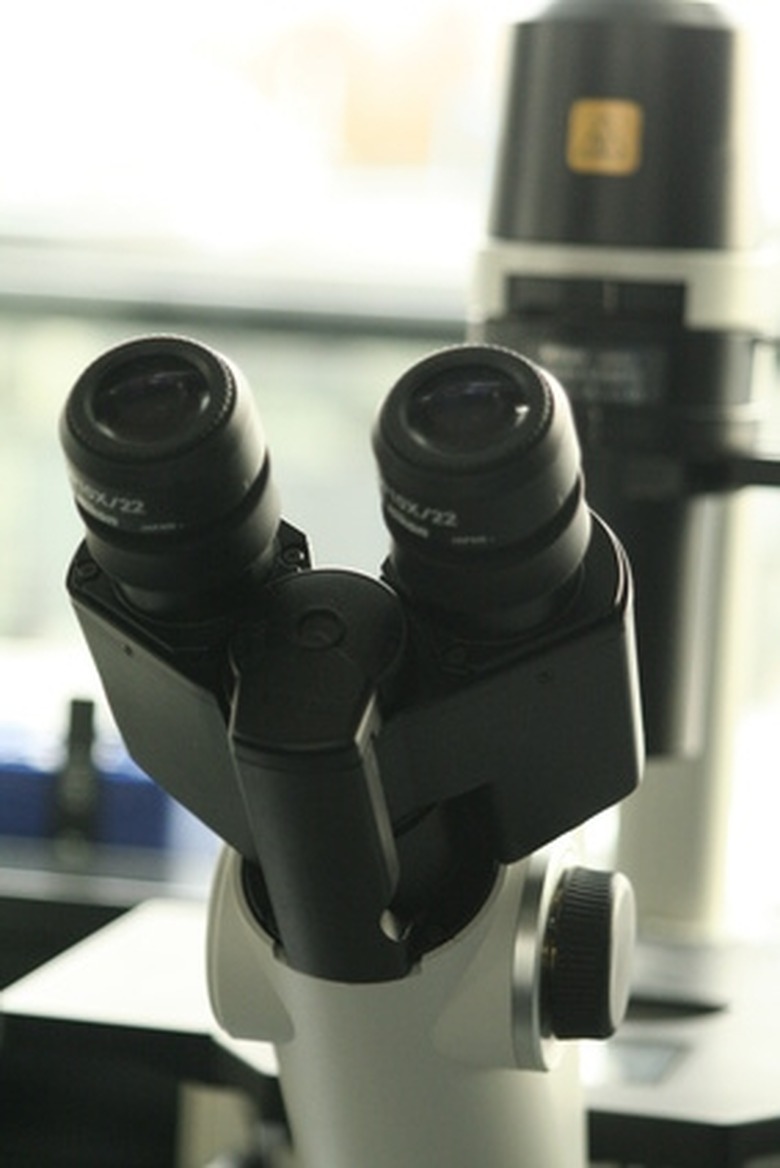How To Clean Lab Equipment
No matter how careful a scientist is, lab equipment is bound to get dirty. Depending on the chemicals that are on the equipment and how the equipment is going to be used, cleaning protocols differ drastically. A good rule of thumb is to overclean instead of underclean, but always ensure that any cleaning chemicals will not interfere with future experiments using the equipment
Step 1
Clean the equipment thoroughly with soap and water for basic cleaning. You may need to use a wire brush to remove some residue. Rinse with purified water to ensure that all soap residue is removed.
Step 2
Boil purified water in the lab equipment to remove caked-on material like solidified agar or other gelatin-like products.
Step 3
Rinse with acetone to remove traces of organic materials including soap residue.
Step 4
Rinse with ethanol to sterilize any lab equipment that must have all bacteria and other microorganisms removed before use.
Step 5
Rinse with an RNAse remover, such as RNAse Displace, if the equipment will be used in any DNA research, since RNAse can destroy your experiments.
Things Needed
- Purified water
- Soap
- Acetone
- Ethanol
- RNAse remover
TL;DR (Too Long; Didn't Read)
If you are just cleaning standard lab equipment and it won't come clean, still try one of the other methods. Even if you don't care if it is sterile, acetone and ethanol will remove nearly anything that soap and water won't.
Warning
All of these chemicals are toxic, and most are flammable, so read and follow all safety precautions before use.
Cite This Article
MLA
Williams, Matthew. "How To Clean Lab Equipment" sciencing.com, https://www.sciencing.com/clean-lab-equipment-5403444/. 24 April 2017.
APA
Williams, Matthew. (2017, April 24). How To Clean Lab Equipment. sciencing.com. Retrieved from https://www.sciencing.com/clean-lab-equipment-5403444/
Chicago
Williams, Matthew. How To Clean Lab Equipment last modified March 24, 2022. https://www.sciencing.com/clean-lab-equipment-5403444/
